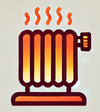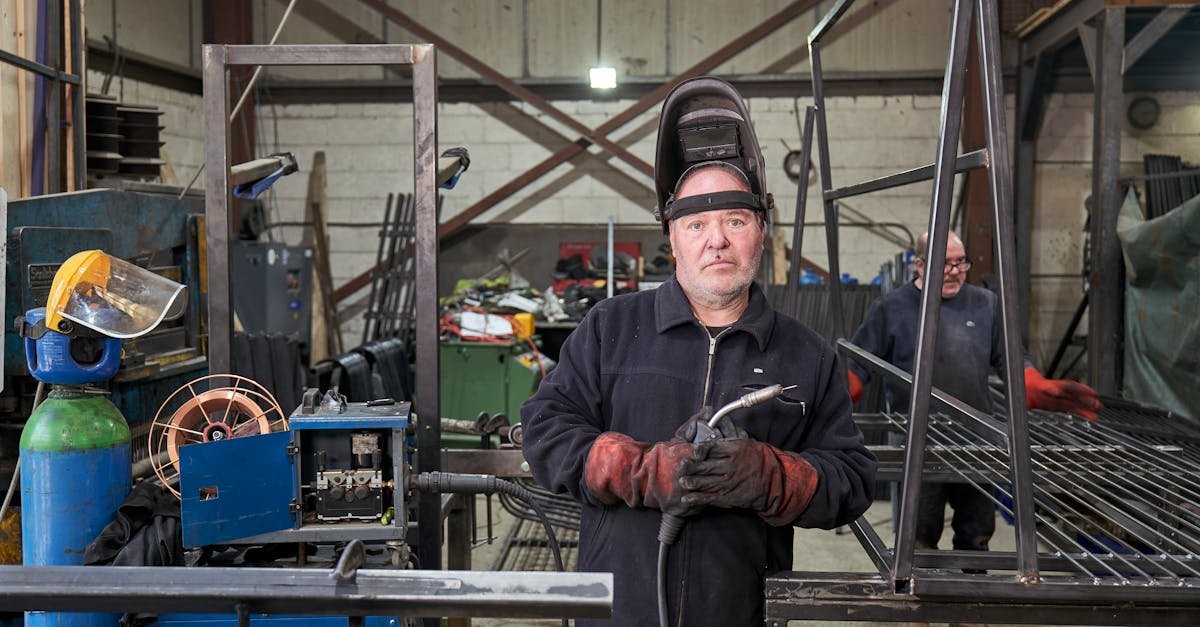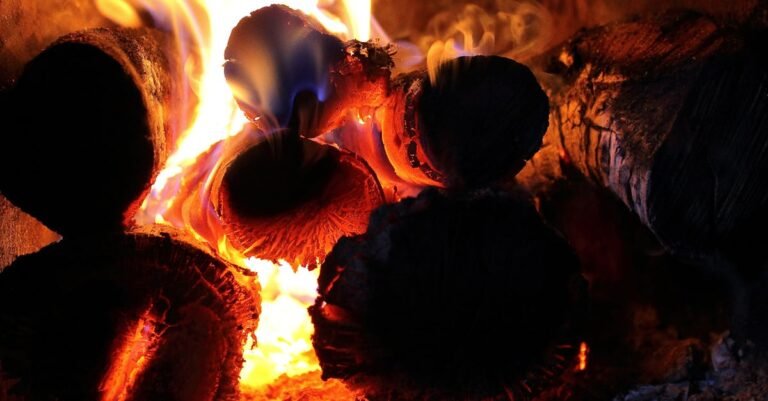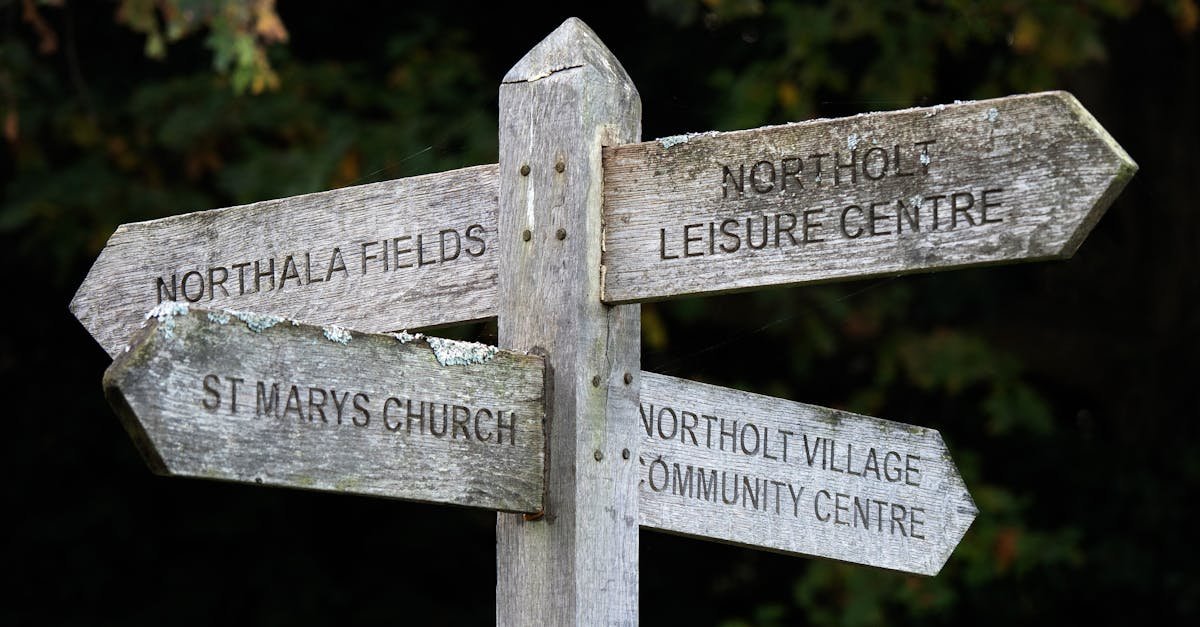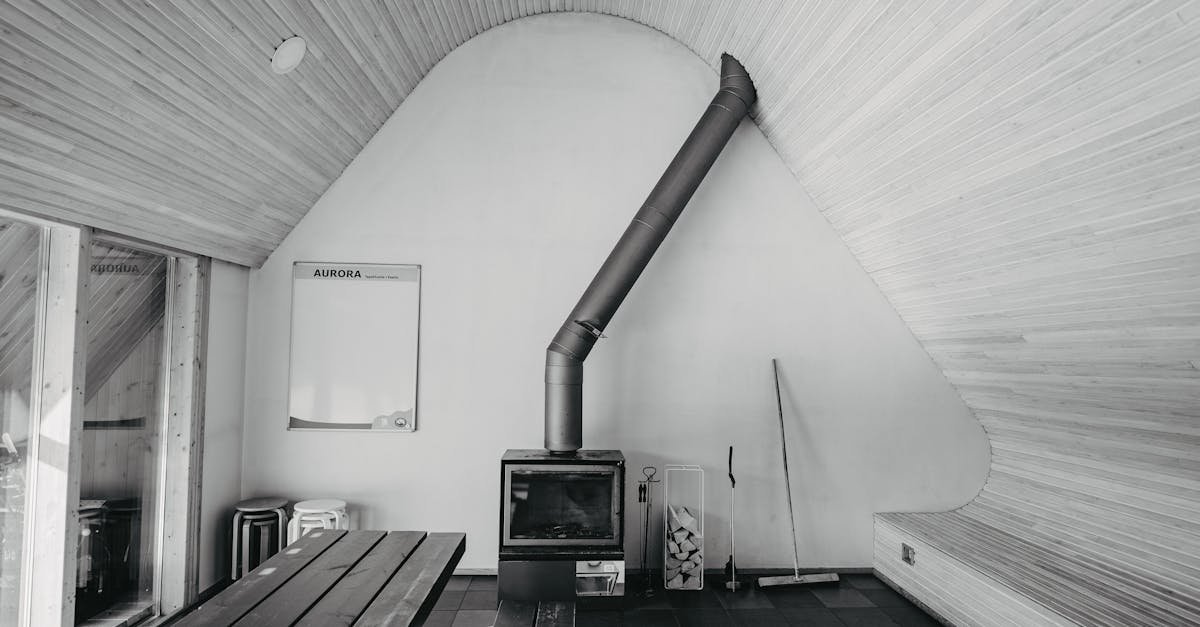Using indoor propane heaters safely means ensuring proper ventilation, keeping flammable materials away, and regularly checking for leaks. These heaters can provide warmth during cold months, but without the right precautions, they can pose serious risks.
To keep your space safe, always use a heater designed for indoor use and install carbon monoxide detectors. It’s crucial to follow the manufacturer’s guidelines and never leave the heater unattended. By taking these steps, you can enjoy the comfort of your propane heater while minimizing hazards.
Understanding Indoor Propane Heater Safety
Indoor propane heaters can provide warmth. But, safety is critical for their use. Following specific guidelines helps minimize risks.
Importance of Safety Precautions
Safety precautions ensure a secure and comfortable heating experience. Adhere to these key practices:
- Follow Manufacturer’s Instructions: Your heater’s manual is vital. It contains details specific to your model.
- Proper Installation and Use: Use only heaters meant for indoor spaces. Incorrect installations can lead to serious risks, such as carbon monoxide poisoning.
- Safety Features: Select heaters with essential safety features. Look for low oxygen sensors, automatic shut-off switches, tip-over safety switches, high-temperature coated safety guards, and overheat protection. These enhance safety significantly.
Following these guidelines ensures your indoor propane heater works safely and efficiently.
Common Hazards Associated with Propane Heaters
Be aware of the potential hazards linked with propane heaters. These include:
- Carbon Monoxide Exposure: Indoor use of propane without proper ventilation can lead to carbon monoxide buildup. Install carbon monoxide detectors to monitor this risk.
- Flammable Materials: Keep all flammable items away from the heater. Fabrics, paper, and similar items can ignite easily.
- Gas Leaks: Regularly check for gas leaks. If you smell gas, turn off the heater immediately and ventilate the area.
Recognizing these hazards can help you maintain a safe environment while using indoor propane heaters.
Types of Indoor Propane Heaters
Indoor propane heaters come in two main types: ventless and ventilated. Understanding these types helps ensure you choose the safest option for your needs.
Ventless Heaters
Ventless heaters, known as vent-free or unvented heaters, don’t need external ventilation. They burn propane efficiently and come with important safety features. Key features include:
- Automatic Shut-Off Switches: These switches connect to oxygen sensors. They stop the heater if oxygen levels drop too low.
- Carbon Monoxide Monitors: Using these monitors adds another layer of security. They alert you to any harmful gas presence in the room.
- Low Oxygen Sensors: These sensors detect low oxygen levels. If detected, they shut the heater off to prevent dangerous situations.
- Tip-Over Safety Switches: These switches prevent accidents. If the heater tips over, it turns off immediately.
- Overheat Protection: This feature ensures the heater doesn’t exceed safe temperatures.
Ventilated Heaters
Ventilated heaters require an external vent to expel combustion gases. They draw air from outside for combustion, making them safer in enclosed spaces. Key features include:
- Regular Ventilation: These heaters must connect to a vent to remove byproducts from the combustion process.
- Enhanced Safety: Since ventilated heaters push harmful gases outside, they reduce the risk of carbon monoxide buildup indoors.
- Variety of Designs: Available in various styles, ventilated heaters can fit into different interior spaces while maintaining safety.
Choosing the right type of propane heater depends on your specific needs. Assess your living space and safety requirements when selecting.
Safety Measures for Indoor Propane Heaters
You must take safety seriously when using indoor propane heaters. Proper precautions ensure a warm space without risk.
Proper Ventilation
Ensure proper ventilation with every use. Keep a window cracked open one to three inches while the heater runs. This simple action helps air circulate and reduces carbon monoxide risks. Always use your heater in a well-ventilated area.
Regular Maintenance and Inspections
Regular maintenance prevents hazards. Check for gas leaks by applying soapy water to connections; bubbles indicate leaks. Inspect your heater for dirt and debris, which can obstruct airflow. Clean your heater following the manufacturer’s guidelines to maintain optimal performance. Schedule professional inspections annually for peace of mind.
Carbon Monoxide Detectors
Install carbon monoxide detectors where you use the heater. These devices alert you to dangerous CO levels. Test detectors monthly and replace batteries at least twice a year. A functioning detector is crucial for safety. If an alarm sounds, evacuate immediately and seek fresh air.
Emergency Procedures
Understanding emergency procedures for propane heaters is vital for safety. Being prepared can prevent harm and ensure a swift response in an emergency.
Recognizing Signs of Gas Leaks
Recognizing signs of gas leaks helps you react quickly. Look for these clues:
- Smell of Gas: Propane has a distinct odor, often described as a rotten egg smell. If you detect this odor, act immediately.
- Hissing Sounds: Listen for any hissing sounds near the heater or pipe connections. This noise may indicate a leak.
- Dead Vegetation: Observe the area around the heater. Brown or dead plants near it can signal gas exposure.
- Physical Symptoms: Be aware of symptoms that may arise if there’s a leak. These include headaches, dizziness, nausea, and difficulty breathing.
If you notice any of these signs, evacuate the area immediately. Avoid using electronics or creating sparks, as these actions could ignite the gas.
First Aid for Propane Exposure
In case of propane exposure, immediate first aid is crucial. Take these steps:
- Move to Fresh Air: If someone inhales propane, move them outdoors or into a well-ventilated area. Fresh air reduces gas concentration in the lungs.
- Call Emergency Services: Dial emergency services to report the situation. Professional help may be necessary based on symptoms.
- Monitor Symptoms: Keep an eye on the affected individual. If they show signs of severe distress, be ready to assist until help arrives.
- Perform CPR: If someone loses consciousness and doesn’t breathe, start CPR. Follow CPR guidelines until emergency responders take over.
Prioritizing these actions can provide essential support during propane-related emergencies.
Conclusion
Using an indoor propane heater can provide much-needed warmth but safety must always come first. By staying vigilant about ventilation and regularly checking for leaks you can create a safe environment.
Choose heaters designed specifically for indoor use and ensure they come equipped with essential safety features. Installing carbon monoxide detectors and following the manufacturer’s guidelines are crucial steps in protecting yourself and your loved ones.
Remember to prioritize safety measures and be aware of emergency procedures. By doing so you can enjoy the comfort of your propane heater without compromising your safety.
